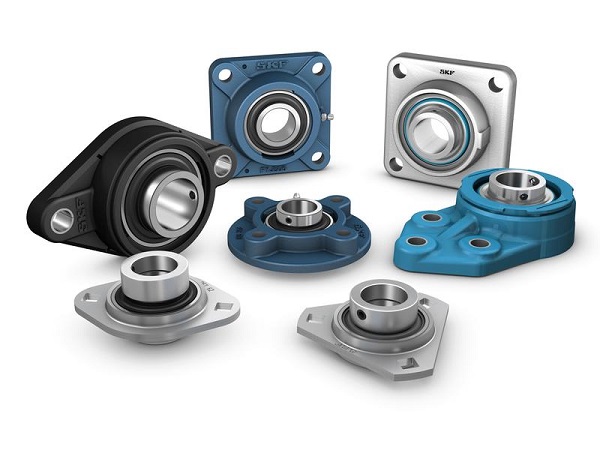Writer: Eric Bearing Limited
Ready shaft
All components on the shaft are installed between the most positions of the two shafts. If an integral seal is used, this also includes
Includes inside seal.
Install the bearings on both sides of the shaft. For grease lubrication, fill the bearings with grease.
If the shaft is a stepped shaft, install spacers as needed.
Note: The spacer ring is not attached to the bearing seat.
If using integral seals, install the outer seals to both ends of the shaft. If the bearing seat is to be used at the end of the shaft, no seal is required and an end cover is required in the bearing seat.
2. Determine the position of the bearing seat:
If the bearing seat is used for a stepped shaft and the bearing seat hole has a different diameter, the position will be fixed by the diameter of the bearing seat hole
If both sides of the bearing housing have the same diameter, please consider the position of the grease nipple in the top cover. Replenish moisturizing from the side
When sliding self-aligning ball bearings and CARB toroidal roller bearings, the bearing seat must be correctly positioned so that the oil nozzle on the side opposite to the lock nut.
When the bearing seat is at the end of the shaft, the grease nipple on the bottle cap must be on the side of the end cap.
3. Place the bearing seat base on the supporting surface. Install the connecting bolts, but do not tighten them.
If you use a combined seal, insert half of the seal into the seal groove of each bearing seat base.
4. Install the prepared shaft into the bearing seat base. Be careful not to damage the installed seals.
5. If necessary, put a locating ring on each side of the fixed end bearing (using a locating (stabilizing) ring). Make sure that the open end of the positioning ring is facing up.
Note: Locating rings must always be installed on both sides of CARB toroidal roller bearings with floating ends. SKF Pillow block bearings online , pls click here :

6. Carefully align the bearing seat base. Then lightly tighten the connecting bolts.
Note: SNL housings and many other SKF housings have vertical marks on the ends and sides of the housing base, indicating the journal center.
7. Pour grease into the bearing seat base according to the recommended amount. SKF recommends injecting at most into the space on both sides of the journal 40% (when relubricating from the side of the bearing).
20% (when relubricating through the annular groove and lubrication hole in the outer ring).
Note: Some bearing housings have a mark indicating 40% filling.
8. If necessary, put the end cover into the sealing groove of the bearing seat base.
9. If a combined seal is used, please insert the remaining half of the seal into the seal groove of the top cover of the two bearing housings. If applicable, inject grease into the space between the inner sealing lips.
10 Place the bearing housing top cover on each base and tighten the top cover bolts to the recommended torque value.
Caution: The top cover and base of different bearing housings are not interchangeable. Make sure that the top cover and base have the same serial number.
11. Check the alignment again and tighten the connecting bolts to the recommended torque value.
12. If necessary, complete the assembly of the seal. This may include:
For v-ring seals: apply a layer of grease on the mating surface of the v-ring. Then push the v-ring to the correct position.
For labyrinth seals: Using a screwdriver, stretch the hollow silicone tube while rotating the shaft and insert it into the inner groove of each labyrinth seal.
For seals that have been cleaned of grease: While rotating the shaft, supply grease through the grease nipple in the seal cavity.
13. SKF recommends re-tightening the top cover bolts and connecting bolts after a day or two to ensure proper torque is maintained.
Tel: 00852-30697500
Fax: 00852-30697511
Email: sales@ericbearing.com
Message: Click Here Message!